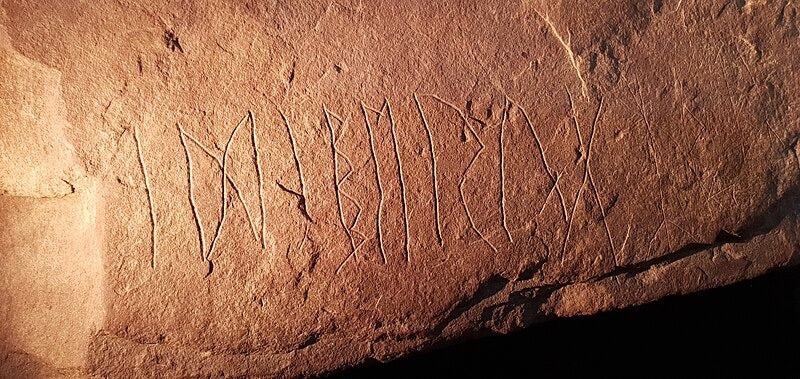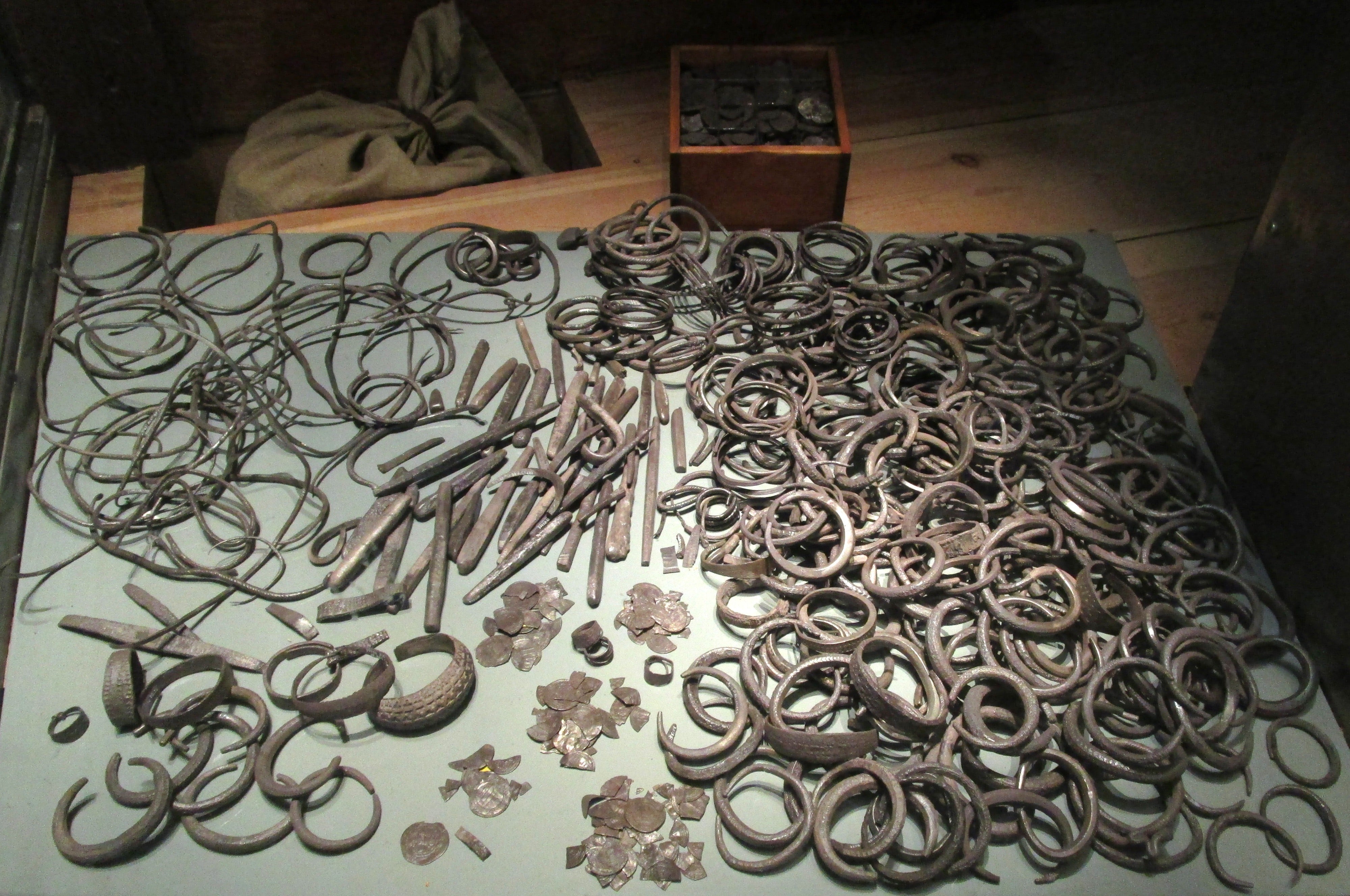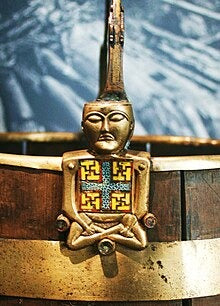
The Svingerud Runestone: The World's Oldest Known Viking Inscription
The discovery of the world's oldest known rune stone in Norway has reshaped our understanding of early Scandinavian writing systems. Found in 2021 during an archaeological excavation at a grave field near Tyrifjorden, this runestone dates back approximately 1,800 to 2,000 years, long before the Viking Age. The stone, referred to as the Svingerud Stone, represents a critical juncture in runic history, potentially marking one of the earliest known instances of runic inscriptions in Scandinavia.
Context and Importance of the Find
The Svingerud Stone was unearthed in a grave field by archaeologists from the Museum of Cultural History in Oslo. Through radiocarbon dating, researchers determined that the artefacts found alongside the stone date back to between 0 and 250 AD, placing the rune within the Roman Iron Age. This makes the stone a unique artifact of linguistic and cultural significance, being one of the earliest written records of language in Scandinavia.
Kristel Zilmer, a professor at the Museum of Cultural History, has spent over a year investigating and interpreting the inscription on the rune stone. According to Zilmer, eight of the runes appear to spell out the name of a woman, possibly “Idibera,” indicating a personal or commemorative inscription. However, there are alternative interpretations, suggesting it could be a kin name, such as Idiberung. The interpretation of these runes raises intriguing possibilities about the nature of the early inscriptions, which could be linked to burial practices or early memorials.
The Significance of the Older Futhark
The rune stone features several inscriptions, including the first three letters of the older futhark alphabet: ᚠ (f), ᚢ (u), and ᚦ (th). These letters belong to the earliest runic alphabet, used by Germanic peoples around the North Sea from 200 to 800 AD. The futhark alphabet represents a critical development in the history of writing, as it was employed by Germanic tribes over a wide geographic area, ranging from Scandinavia to parts of central Europe.
Runes from this period were primarily inscribed on objects like weapons and jewelry, often serving a symbolic or magical purpose. The Svingerud Stone’s inscription, though fragmented, could provide valuable insights into the early use of writing in Scandinavia and the social or ritual contexts in which these symbols were carved.
Decoding the Svingerud Stone

Zilmer has also noted that not all inscriptions on the Svingerud Stone may carry a clear linguistic meaning. Some may represent symbolic or experimental carvings, with individuals potentially practicing or experimenting with the writing system. In fact, it is possible that the Svingerud Stone was used by some of the first people in Norway to experiment with rune carving, adding another layer of intrigue to this artifact.
Beyond its linguistic content, the stone contains other markings, such as zigzag patterns and grid-like designs, which may not be linguistic at all. These additional carvings invite questions about the purpose of the stone—whether it was purely commemorative, decorative, or held some form of ritualistic significance.
Broader Implications and Theories
While much of the runic alphabet is believed to be derived from the Latin alphabet, theories persist about the possible influence of other writing systems, such as the Greek or North Italic alphabets. One controversial theory suggests that certain runes may have been influenced by letters from the Arabian region. This idea proposes that Nabatean soldiers serving in the Roman Empire could have brought their knowledge of written symbols northward to the Germanic tribes.
Though this theory remains speculative, it highlights the interconnectedness of ancient cultures and the possible exchange of ideas across vast distances. Nevertheless, most researchers, including Zilmer, remain cautious about accepting the Arabian theory, noting that the runic alphabet is structured quite differently from its proposed inspirations.
Conclusion
The discovery of the Svingerud Stone has opened a new chapter in the study of Scandinavian runes, pushing back the timeline for the use of writing in the region by several centuries. As more is uncovered about this enigmatic artifact, it may help answer fundamental questions about the origins and evolution of runic writing. While much remains to be explored, the Svingerud Stone serves as a powerful reminder of the rich, yet still mysterious, cultural landscape of early Scandinavia.
References:
Museum of Cultural History, Oslo.
Amundsen, Bård. Science Norway, "World's Oldest Rune Stone Found in Norway, Archaeologists Believe," 17 January 2023.
Troeng, John. Journal of Swedish Antiquarian Research, "A Semitic Origin of Some Runes," 2003.








